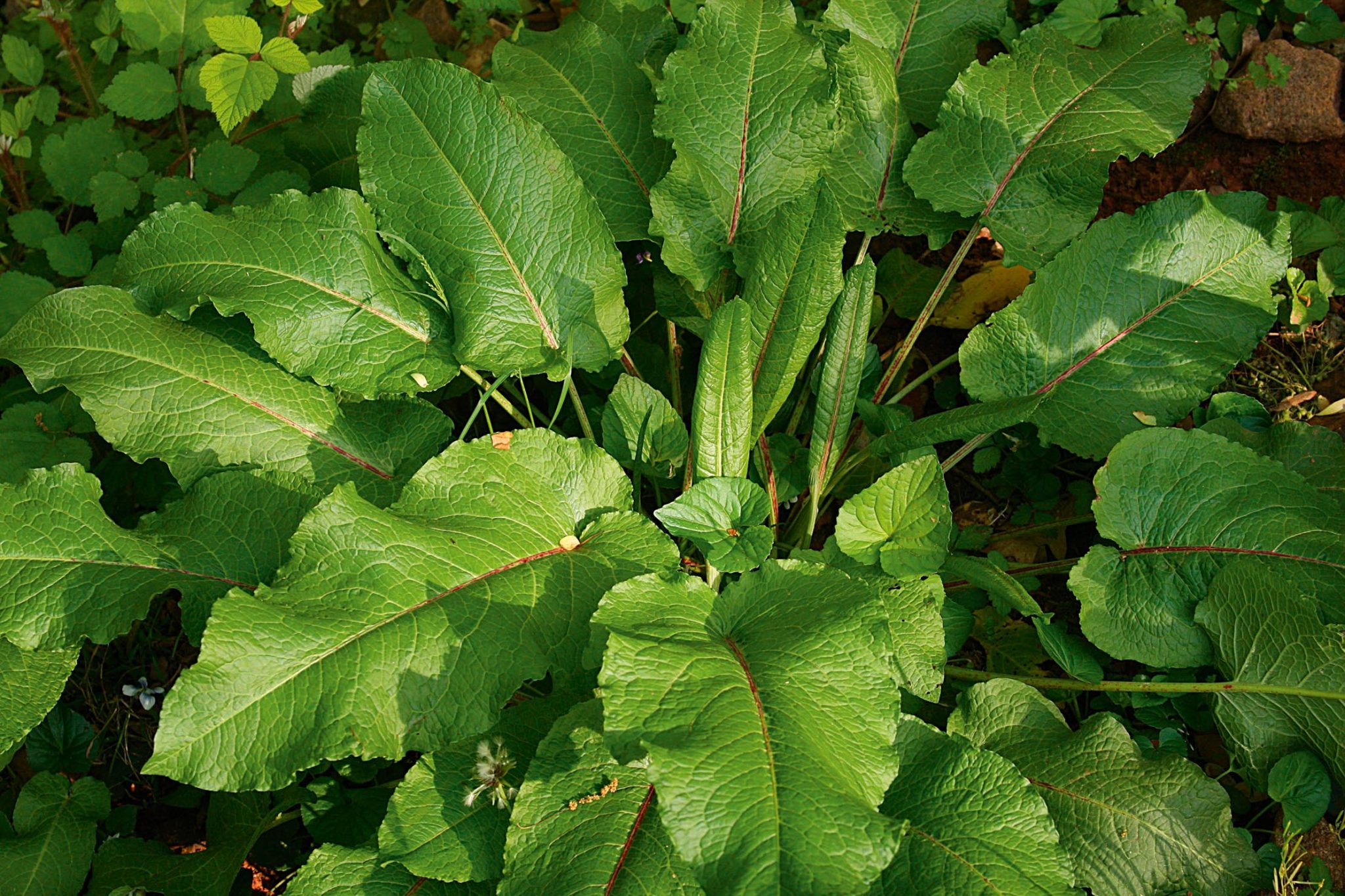As an avid gardener I’m always trying to identify the various plants popping up around my yard. One common leafy plant I frequently see is the dock, with its large distinctive leaves. If you’ve wondered “what does a dock leaf look like?” while out in the garden, read on for a helpful visual guide.
What is a Dock Leaf?
Dock refers to a few similar species of large-leaved perennial plants in the Polygonaceae family. The two most common dock species found in gardens are:
- Broad-leaved dock (Rumex obtusifolius)
- Curled dock (Rumex crispus)
These fast-spreading plants are considered weeds by some due to their weedy habits However, their large leaves also make them beneficial to wildlife. Knowing how to identify dock leaves is helpful for any gardener
Key Features of a Dock Leaf
Here are the main visual characteristics to look for when identifying dock leaves
-
Large size – Leaves grow up to 30 cm long. Significantly bigger than most common garden plants.
-
Simple shape – Leaves are smooth-edged or slightly wavy, widest at the base and coming to a rounded tip.
-
Rosette growth – Leaves radiate out in a circle around a central taproot, like a starburst.
-
Color – Leaf color is a medium green. Young leaves may have a red/purple tint on the undersides.
-
Texture – Leaves feel thick or fleshy to the touch. Smooth and matte both above and below.
-
Flowering stems – Tall, reddish-brown flowering spikes rise up in summer, reaching 60-150 cm high.
Once you learn to recognize dock’s large, spreading leaves in a rosette shape, you’ll start spotting it everywhere!
Dock Leaf Pictures
Here is a visual guide to help identify dock leaves through photos:
![Broad dock leaf rosette][]
A mature dock plant showing the characteristic rosette of large leaves spreading out from the central taproot.![Curly dock leaf closeup][]
Close-up of a curled dock leaf showing the wrinkled edges. ![Dock leaf outline][]
Leaf outlines showcase the simple oval shape with rounded tip.![Dock leaves sprouting][]
Young dock leaves sprouting up from bare soil in early spring.![Dock leaf top view][]
View from above shows the smooth leaf surface and matte texture.![Dock leaf underside][]
Underside view displays the purple-red leaf veins and smooth, matte surface.
I hope these dock leaf pictures help you identify this common garden plant! Now that you know what dock looks like, you can allow it to thrive in wildlife zones or remove it from planting beds where it’s unwanted.
Why Learn to Identify Dock Leaves?
Being able to recognize dock leaves is helpful for a few key reasons:
- Weed control – Dock spreads aggressively. Identifying dock helps remove it from garden beds.
- Wildlife benefits – Dock leaves feed caterpillars and other insects, which birds then eat. Allowing some dock plants to remain provides food for wildlife.
- Medicinal uses – Historically, dock leaves were rubbed on skin to soothe nettle stings. Identifying dock leaves allows utilizing this traditional remedy.
- Edibility – Dock leaves are edible when young, so identification lets you harvest some for salads or cooking if desired.
Take a walk through your garden and see if you can spot the large, spreading leaves of dock plants. Once you learn its visual cues, you’ll be dock leaf detecting in no time!
The Broadleaved Dock – Facts, Uses, Identification & Folklore Wild Edible (Rumex obtusifolius)
FAQ
How to identify a dock leaf?
What is dock leaf good for?
What is the real name for dock leaves?
What is the best way to get rid of dock leaves?
- A Complete Guide to Caring for Yuki Cherry Blossom Shrub - January 23, 2025
- Identifying Red Hot Poker Seeds: What to Look For When Harvesting Torch Lily Pods - January 23, 2025
- A Complete Guide to Harvesting Evening Primrose Seeds - January 23, 2025

